When it comes to exploring the wonders of our planet, few things are as exciting as visiting UNESCO World Heritage Sites. These sites, ranging from ancient ruins to stunning natural landscapes, are significant not only for their beauty but also for their cultural and historical importance. from the Angkor Wat temples in Cambodia to the majestic Machu Picchu in Peru. Let’s dive into these magnificent landmarks that have earned their place on the UNESCO World Heritage list.
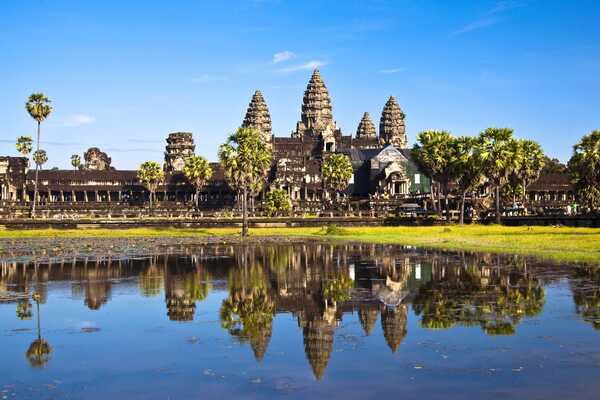
Angkor Wat is undoubtedly one of the most iconic World Heritage Sites in Southeast Asia and the largest religious monument in the world. Located in Cambodia, it was originally constructed in the early 12th century as a Hindu temple dedicated to the god Vishnu, before eventually becoming a Buddhist temple. The intricate carvings and stunning architecture of Angkor Wat make it a must-see for anyone visiting Cambodia. Visitors often marvel at the symmetry and scale of the site, as well as the historical significance of the ancient Khmer Empire that created it.
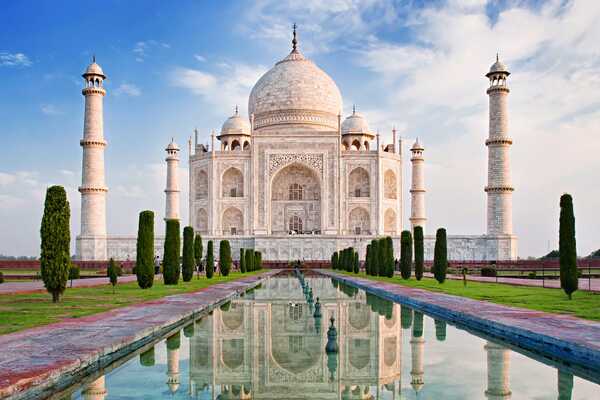
The Taj Mahal in India is one of the most recognized symbols of love in the world. This magnificent white marble mausoleum, built by Mughal Emperor Shah Jahan in memory of his wife Mumtaz Mahal, is a stunning testament to eternal love and architectural beauty. Located in Agra, the Taj Mahal has captivated visitors with its intricate design, symmetrical gardens, and shimmering dome. The monument’s breathtaking beauty, combined with its emotional history, makes it one of the most visited World Heritage Sites in the world.
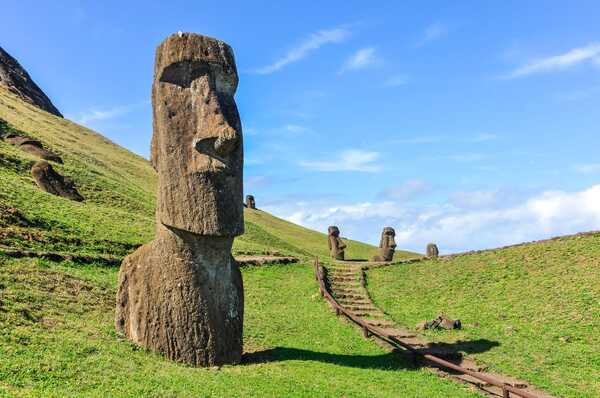
Easter Island, also known as Rapa Nui, is famous for its mysterious statues called Moai. These towering figures, carved from volcanic rock, are scattered across the island and represent the ancestors of the Rapa Nui people. The site, located off the coast of Chile, is a UNESCO World Heritage Site not only for its archaeological importance but also for its incredible isolation. Visiting Easter Island is like stepping into a mystery, where you can ponder the fascinating culture that created these colossal statues.
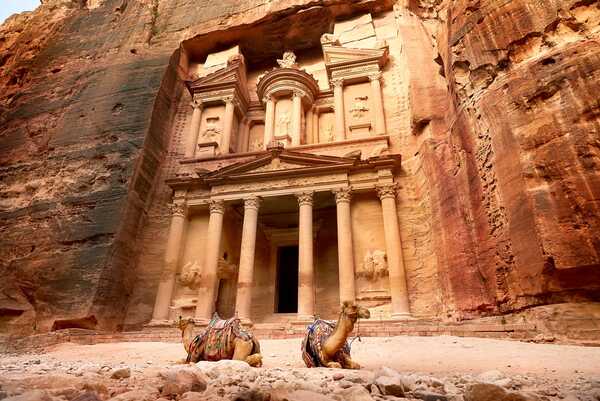
Petra, an ancient city carved into the red sandstone cliffs of southern Jordan, is a UNESCO World Heritage Site and one of the New Seven Wonders of the World. Known for its stunning rock-cut architecture and water conduit system, Petra was once a thriving city and an important trade hub in the ancient world. Visitors can explore the famous Treasury, a grand structure that is perhaps the most iconic image of Petra, as well as many other tombs, temples, and monuments.
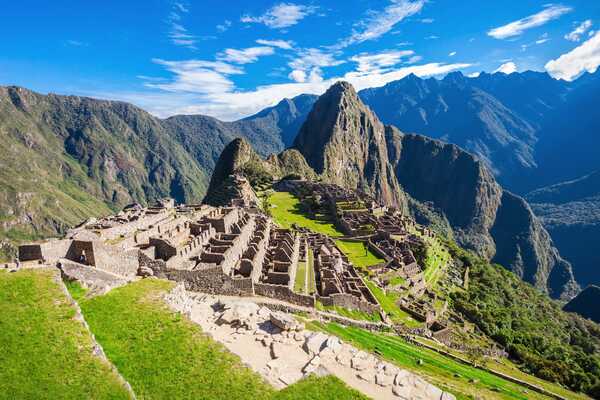
Machu Picchu is undoubtedly one of the most famous World Heritage Sites in the world. This ancient Incan city, perched high in the Andes Mountains of Peru, was built in the 15th century and remained hidden from the outside world until its rediscovery in the early 20th century. The stunning views, breathtaking ruins, and mysterious history make Machu Picchu a must-visit destination for travelers and history enthusiasts alike. Whether you hike the Inca Trail or take the train to reach the site, Machu Picchu will leave you in awe.
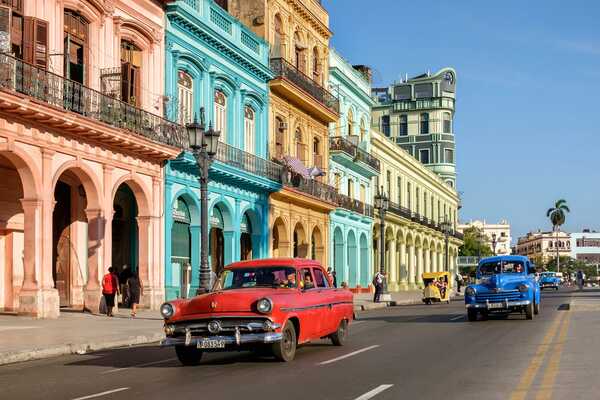
Old Havana (Habana Vieja) is the historic heart of Cuba’s capital, Havana. This UNESCO World Heritage Site is a vibrant mix of Spanish colonial architecture, cobblestone streets, and colorful buildings. A walk through Old Havana is like stepping back in time, as the area remains beautifully preserved with its plazas, fortresses, and cathedrals. Whether you’re exploring the historic buildings, enjoying Cuban music, or savoring local cuisine, Old Havana offers an authentic Cuban experience.
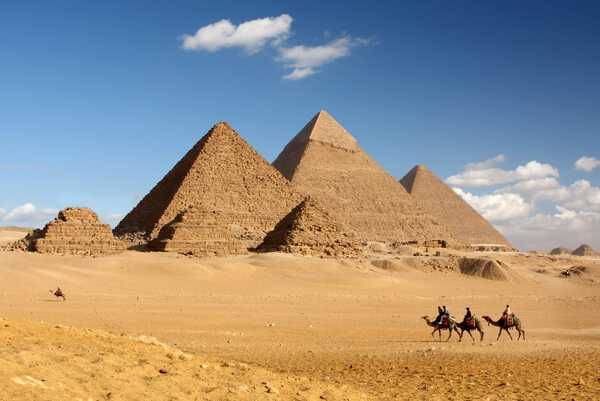
The Pyramids of Giza are among the most iconic and well-known World Heritage Sites in the world. Located on the outskirts of Cairo, Egypt, the Great Pyramid of Giza is one of the Seven Wonders of the Ancient World and still stands as a remarkable feat of ancient engineering. Built as tombs for the Pharaohs, these awe-inspiring structures continue to attract visitors from around the globe, who are eager to witness the grandeur and mystery of the ancient Egyptian civilization.
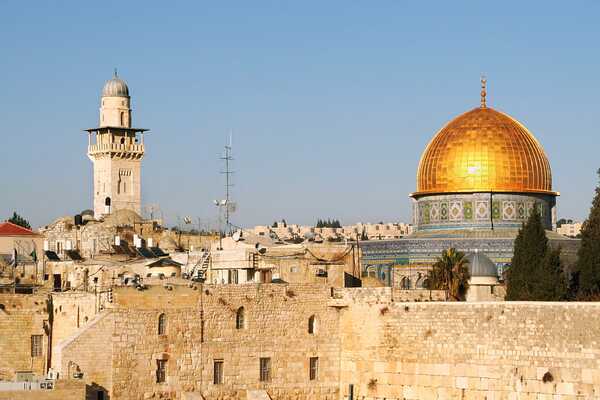
The Old City of Jerusalem is a sacred place for Jews, Christians, and Muslims alike, making it one of the most historically and religiously significant World Heritage Sites in the world. The city is divided into four quarters—Jewish, Christian, Muslim, and Armenian—each with its own historical landmarks, including the Western Wall, the Church of the Holy Sepulchre, and the Dome of the Rock. Jerusalem’s rich history, combined with its spiritual importance, makes it a truly unique and important destination for visitors.

The Great Wall of China is perhaps the most famous and largest man-made structure on Earth. Stretching over 13,000 miles, the Great Wall was built to protect the Chinese Empire from invaders and has become a symbol of China’s historical strength and perseverance. Visitors to the Great Wall can hike along its ancient stones, take in the breathtaking views, and learn about the history of this incredible structure, which has stood for centuries.

The Acropolis of Athens is one of the most important archaeological sites in the world, offering a glimpse into the ancient Greek civilization. Located atop a rocky hill, the Acropolis features several important structures, including the Parthenon, the Temple of Athena Nike, and the Erechtheion. These temples and monuments are not only stunning examples of classical architecture but also tell the story of Athens’ role in the development of Western culture.
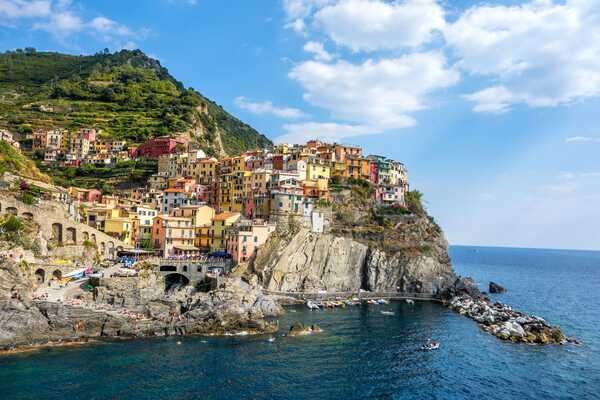
Cinque Terre, located along the Ligurian coast of Italy, is a picturesque area consisting of five charming villages: Monterosso, Vernazza, Corniglia, Manarola, and Riomaggiore. This UNESCO World Heritage Site is known for its colorful houses perched on steep cliffs, crystal-clear waters, and scenic walking trails. The region’s breathtaking natural beauty, combined with its traditional Italian charm, makes Cinque Terre a popular destination for travelers seeking both relaxation and adventure.
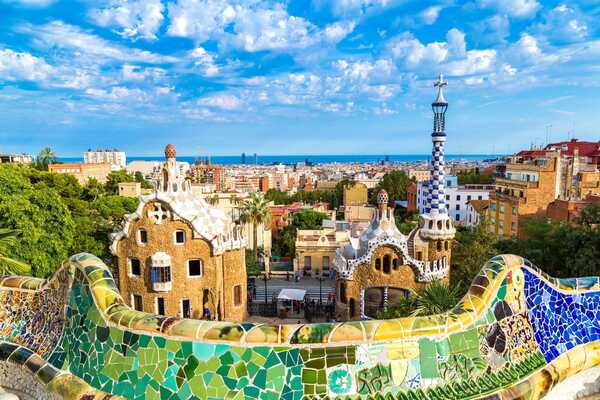
Antoni Gaudí, one of Spain’s most famous architects, left an indelible mark on the city of Barcelona with his whimsical and groundbreaking architectural designs. His works, including the Sagrada Família, Park Güell, and Casa Batlló, are now recognized as UNESCO World Heritage Sites. Gaudí’s use of organic shapes, vibrant colors, and innovative techniques have made his work a symbol of modernist architecture and a major draw for visitors to Barcelona.
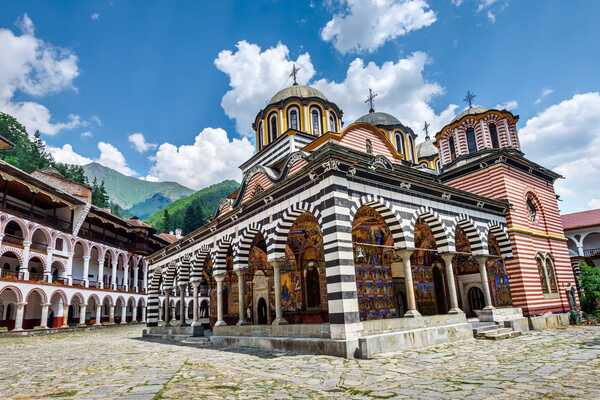
The Rila Monastery, located in the Rila Mountains of Bulgaria, is a stunning example of Eastern Orthodox architecture and one of the most important cultural and spiritual sites in the country. Founded in the 10th century, the monastery is known for its beautiful frescoes, intricate woodwork, and peaceful surroundings. The Rila Monastery’s significance extends beyond its religious importance, as it has also played a key role in the preservation of Bulgarian culture and heritage.
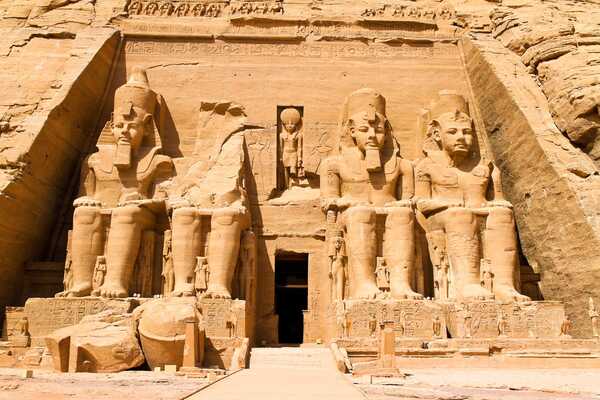
Abu Simbel is an archaeological site located in southern Egypt, famous for its two massive rock temples built by Pharaoh Ramses II. The temples, which were relocated in the 1960s to avoid being submerged by the creation of Lake Nasser, are a remarkable testament to ancient Egyptian architecture and engineering. The colossal statues of Ramses II that guard the entrance to the temples are awe-inspiring, and the interior of the temples is adorned with intricate carvings and reliefs that depict the Pharaoh’s military victories.
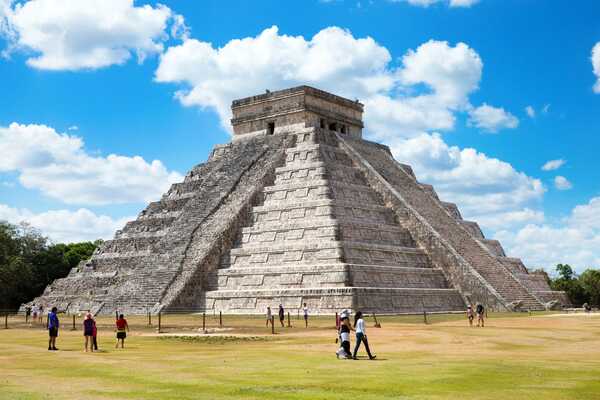
Chichen Itza is one of the most important Mayan archaeological sites in Mexico, located on the Yucatán Peninsula. The site is famous for its step-pyramid, El Castillo, which was used as a calendar by the ancient Mayans. The pyramids, temples, and ball courts at Chichen Itza provide a fascinating glimpse into Mayan civilization and their advanced knowledge of astronomy, mathematics, and engineering.
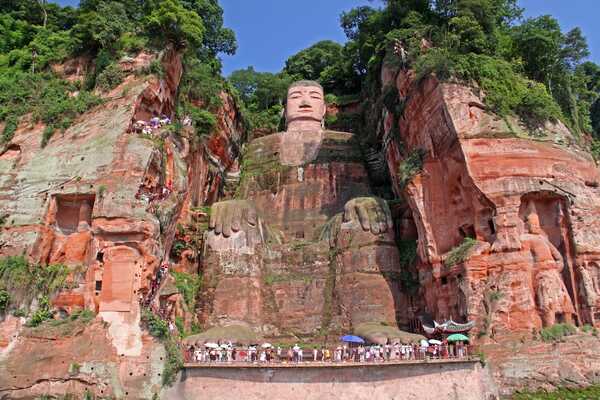
The Leshan Giant Buddha is a monumental statue carved into a cliffside in Sichuan Province, China. Standing over 71 meters (233 feet) tall, this ancient statue was built during the Tang Dynasty and is the largest stone Buddha in the world. Overlooking the confluence of three rivers, the statue was designed to calm the turbulent waters and protect the local population. Visitors are awestruck by the sheer size and intricate detail of the Leshan Giant Buddha, which remains an iconic World Heritage Site.
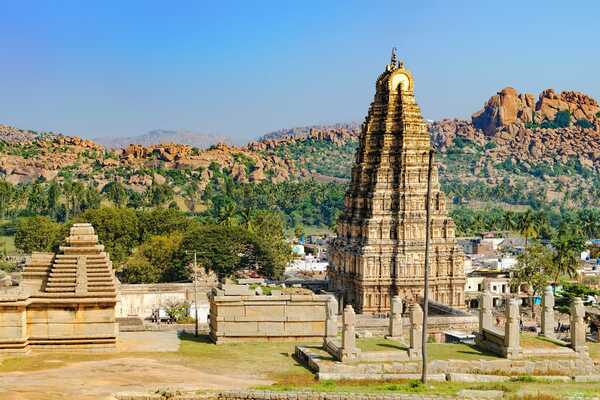
Hampi, located in Karnataka, India, is a mesmerizing ancient city and one of the most important archaeological sites in the country. Once the capital of the Vijayanagara Empire, Hampi is dotted with stunning temples, palaces, and marketplaces. The site is surrounded by unique boulder-strewn landscapes that add to its otherworldly beauty. Notable attractions include the Virupaksha Temple, Vittala Temple, and the stone chariot, each showcasing the architectural brilliance of this UNESCO World Heritage Site.
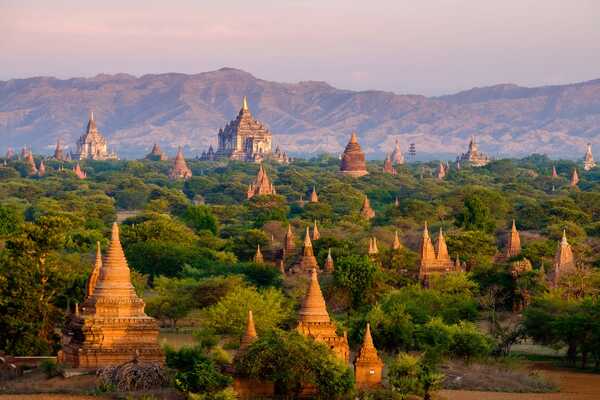
Bagan is an ancient city in Myanmar renowned for its vast plain filled with thousands of Buddhist temples, pagodas, and stupas. Built between the 9th and 13th centuries, Bagan was the capital of the Pagan Kingdom and a center for Theravada Buddhism. Today, visitors can explore this mystical landscape by hot air balloon, bicycle, or horse-drawn cart, marveling at the sunrise over the ancient structures. Bagan is a testament to the spiritual devotion and architectural ingenuity of its creators.
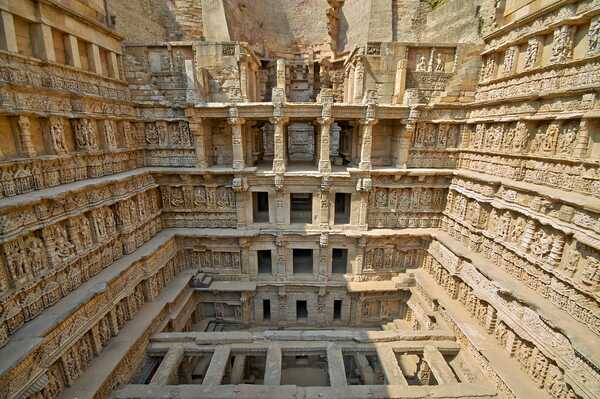
Rani-ki-Vav, or the Queen’s Stepwell, is an intricately designed water storage system located in Gujarat, India. This subterranean architectural marvel was built in the 11th century and is a UNESCO World Heritage Site due to its historical and artistic significance. The stepwell features seven levels of sculpted panels depicting Hindu deities, mythological themes, and intricate carvings. Rani-ki-Vav is not only a stunning example of ancient engineering but also a symbol of the ingenuity of Indian craftsmanship.

Ayutthaya Historical Park, located just north of Bangkok, Thailand, is a fascinating site filled with the ruins of an ancient city that was once the capital of the Ayutthaya Kingdom. Established in 1350, the city was a thriving cultural and economic hub until its destruction in 1767. Today, visitors can explore its impressive temples, palaces, and monasteries, including Wat Mahathat, where a Buddha head entwined in tree roots has become an iconic image of the site.
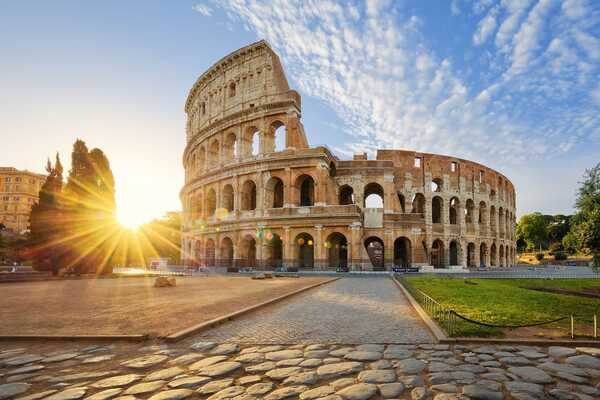
The Historic Centre of Rome is a treasure trove of history and culture, showcasing the glory of the Roman Empire and the Renaissance. This World Heritage Site includes iconic landmarks such as the Colosseum, Roman Forum, and Pantheon, as well as Vatican City’s St. Peter’s Basilica and Sistine Chapel. Wandering the cobblestone streets of Rome feels like stepping back in time, as every corner reveals a masterpiece of architecture or art.
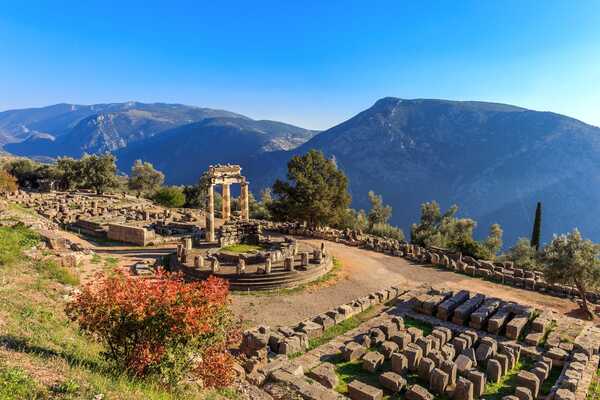
Delphi, situated on the slopes of Mount Parnassus in Greece, is an ancient sanctuary that was once considered the center of the world in Greek mythology. Home to the Oracle of Apollo, Delphi attracted pilgrims who sought guidance from the gods. Today, visitors can explore the ruins of the Temple of Apollo, the ancient theater, and the stadium, all set against a stunning mountainous backdrop. Delphi’s cultural and spiritual significance makes it a must-visit World Heritage Site.
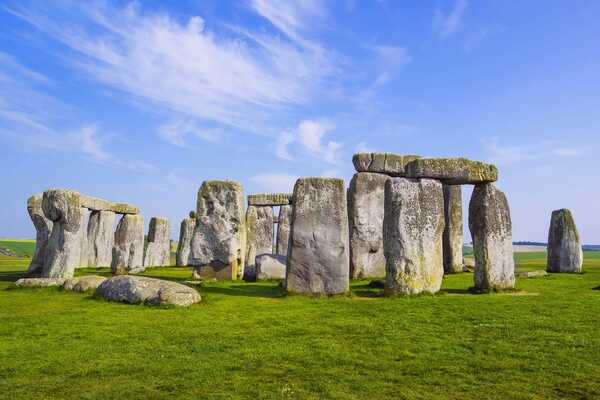
Stonehenge, located in Wiltshire, England, is one of the most mysterious and iconic prehistoric monuments in the world. This ancient stone circle, dating back over 4,000 years, continues to intrigue archaeologists and visitors alike. While its purpose remains debated, theories range from an astronomical observatory to a site for religious ceremonies. Visitors to this World Heritage Site can marvel at the massive stones and ponder the ingenuity of the Neolithic people who constructed it.
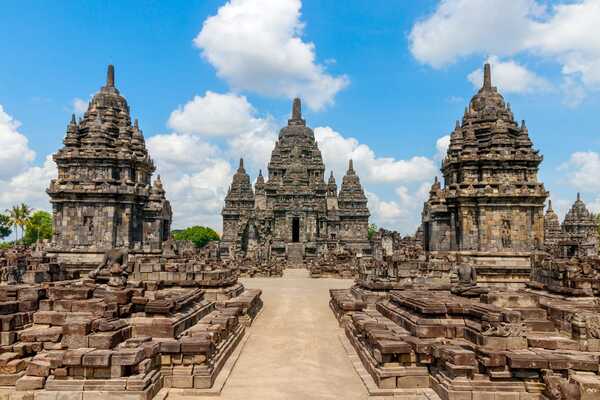
Prambanan is a stunning Hindu temple complex located on the island of Java in Indonesia. Built in the 9th century, it is dedicated to the Hindu deities Brahma, Vishnu, and Shiva. The complex features towering spires and intricate carvings that tell the story of the Ramayana epic. As the largest Hindu temple complex in Indonesia and a UNESCO World Heritage Site, Prambanan is a testament to the island’s rich cultural and religious heritage.
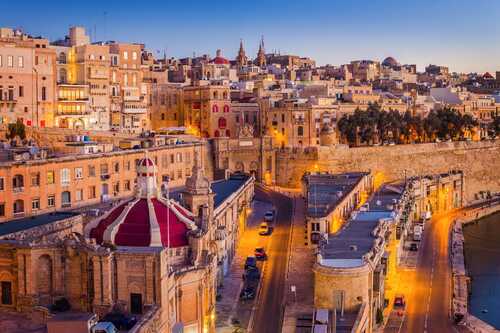
Valletta, the capital of Malta, is a fortified city rich in history and architectural beauty. Founded in the 16th century by the Knights of St. John, Valletta boasts a harmonious blend of Baroque, Mannerist, and modern architecture. Its narrow streets are lined with historic buildings, including St. John’s Co-Cathedral, the Grandmaster’s Palace, and the Upper Barrakka Gardens. As a UNESCO World Heritage Site, Valletta is a cultural gem that offers visitors a glimpse into Malta’s storied past.
World Heritage Sites like these are not just beautiful places to visit—they’re windows into humanity’s history, culture, and creativity. From the spiritual serenity of the Leshan Giant Buddha to the mystery of Stonehenge, each site offers a unique story that connects us to our shared heritage. By preserving and appreciating these landmarks, we honor the achievements of our ancestors and ensure that future generations can continue to learn from and be inspired by them.
Whether you’re a history buff, a lover of art and architecture, or simply someone seeking breathtaking experiences, these World Heritage Sites promise unforgettable memories. Start planning your journey to explore these wonders and discover the incredible stories behind them!
animal tags: world-heritage